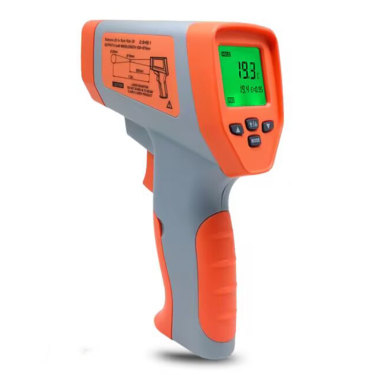
# How to Use a Cooking Thermometer for Perfectly Cooked Meals
## Why a Cooking Thermometer is Essential
A cooking thermometer is one of the most valuable tools in any kitchen. Whether you’re grilling, roasting, or baking, it ensures your food reaches the perfect internal temperature for both safety and taste. No more guessing if your chicken is done or your steak is medium-rare – a thermometer gives you precise control over your cooking results.
## Types of Cooking Thermometers
Instant-Read Thermometers
These provide quick temperature readings (usually within 2-5 seconds) and are perfect for checking doneness at the end of cooking. They’re not meant to stay in the food during cooking.
Oven-Safe Thermometers
Designed to remain in the food while it cooks in the oven, these thermometers typically have a dial face that sticks out of the oven door.
Probe Thermometers
These feature a probe that stays in the food with a cord connecting to a digital display outside the oven. Many models include timers and programmable temperature alerts.
## How to Use a Cooking Thermometer Properly
1. Choose the Right Spot
Insert the thermometer into the thickest part of the food, avoiding bones, fat, or gristle which can give false readings. For large items like roasts, check multiple spots.
2. Wait for the Reading to Stabilize
With instant-read thermometers, wait until the temperature stops rising (usually 10-20 seconds). For oven-safe models, check the temperature periodically during cooking.
3. Know Your Target Temperatures
- Poultry: 165°F (74°C)
- Ground meats: 160°F (71°C)
- Pork: 145°F (63°C)
- Beef/veal/lamb steaks and roasts: 145°F (63°C) for medium-rare
- Fish: 145°F (63°C)
## Cleaning and Maintenance Tips
Always clean your thermometer after each use with warm, soapy water. Avoid submerging digital models unless they’re specifically waterproof. Store in a protective case to prevent damage to the probe.
## Common Mistakes to Avoid
Testing Too Late
Keyword: cooking thermometer
Don’t wait until you think the food is done to check the temperature. Start checking about 5-10 minutes before the expected finish time.
Improper Placement
Inserting the thermometer too shallow or touching a bone will give inaccurate readings. Make sure the tip reaches the center of the thickest part.
Not Calibrating
Check your thermometer’s accuracy periodically by testing it in boiling water (should read 212°F/100°C at sea level) or ice water (32°F/0°C).
## Final Thoughts
Investing in a quality cooking thermometer and learning to use it properly will transform your cooking. You’ll achieve perfectly cooked meals every time while ensuring food safety. Remember that carryover cooking will raise the internal temperature by 5-10°F after removing from heat, so you may want to remove some items slightly before they reach the target temperature.